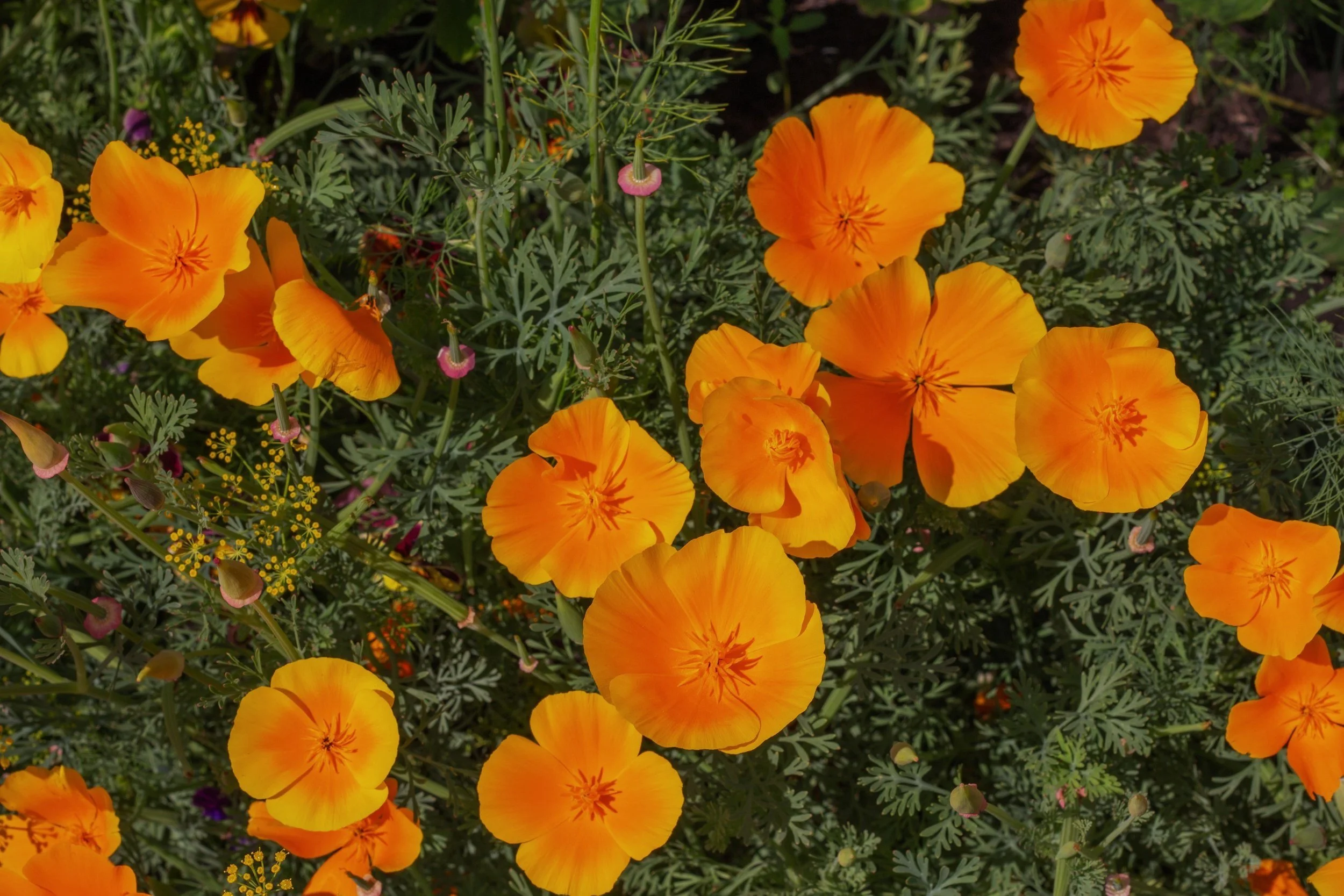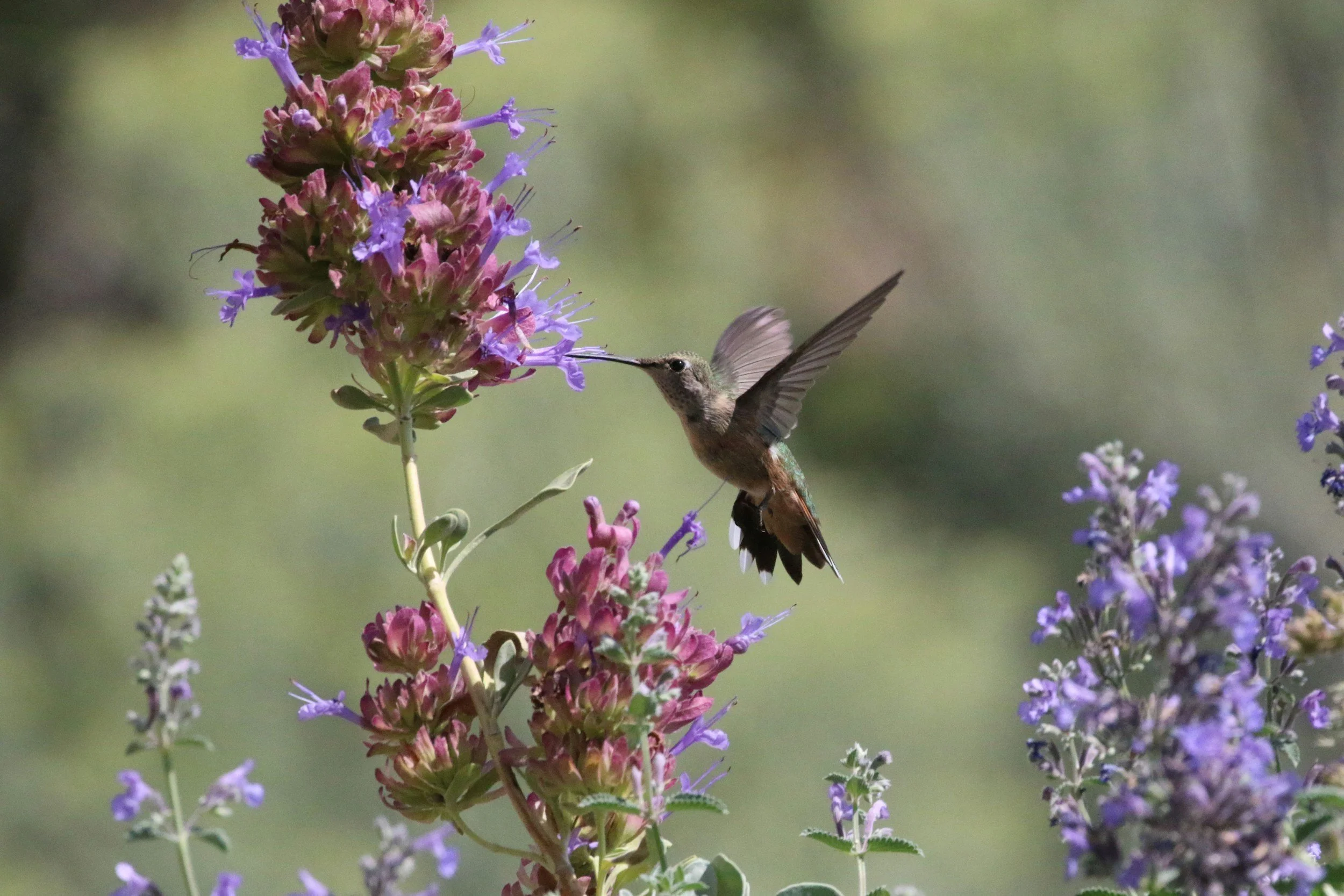THANK YOU.

Thank you for spending your evening with us at Birdsong.
Your menu for the evening was deeply inspired and guided by the incredible local ingredients we have the privilege of working with to serve to you.

Why native wildflowers?
Many of our food crops are dependent on beneficial pollinators like birds and insects. These pollinators are under threat due to the destruction of their natural habitats, erratic weather patterns, and pesticides.
Wildflowers provide seeds, nectar, pollen, and leaves as a source of food and life for pollinators. Native wildflowers are especially beneficial as they have evolved alongside an area’s climate and pollinators, allowing them to proliferate more easily. They are also more resistant against pests and disease. Additionally, wildflowers can improve soil health, prevent erosion, improve water quality, and increase crop yields.
Planting native wildflower seeds is one of the tangible ways we can contribute to building the ecosystems that support us.

How to plant
How to plant
-
In the Bay Area - these seeds are for a mix of Bay Area native wildflowers*
An area with more than 4 hours of sun per day
Soil with good aeration, not too condensed or hard
Freshly turned soil free of weeds and grasses is ideal
* If you are visiting the Bay Area, thank you for spending time in this place that is so special to us, and unique to what we do! Before you leave, may we invite you to scatter these seeds in an area that makes sense before you leave, or to gift them forward to a local?
-
Plant any time to create a wildflower seed bank
Fall planting results in an earlier and longer blooming period
Spring planting can be successful with supplemental irrigation
Planting close to seasonal rains will help keep seeds watered with minimal effort
-
Scatter your seeds and compress them gently into the soil - the more soil contact the better, but do not bury or cover the seeds
Water the wildflowers till the seedlings are about 4”-6” tall, and think rain - slow and even to moisten the soil
Native plants are far easier to care for as they are better adapted to the climate and land
-
Sprouts will start in late spring, or early summer
Sit back and enjoy your flowers - the pollinators might just join you
It’s ok if the flowers do not take this time, sometimes nature has other plans



